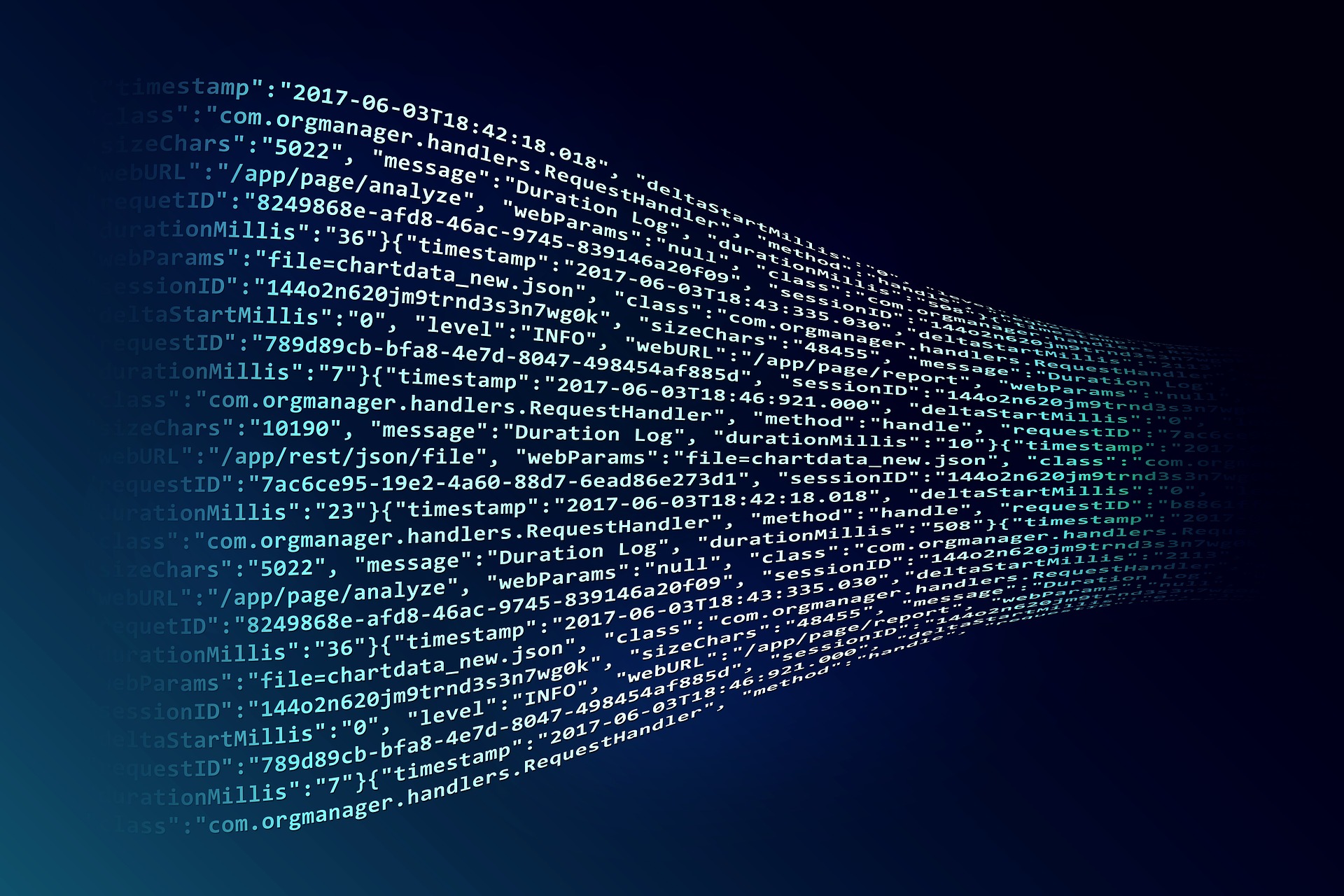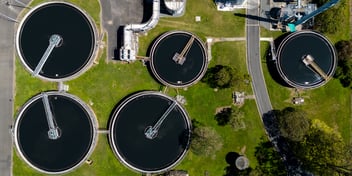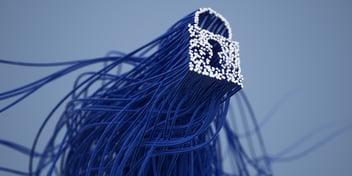Overcoming the deluge of data: automation in the water sector

The use of automation in water network operations is a key optimisation enabler, but excessive amounts of data and cyber security concerns have slowed progress, according to one leading digitisation expert. How can water utilities work through these challenges to make the most of digitisation?
Schneider Electric Pacific Water Segment Lead Neil Gordon said automation presents a raft of benefits for utilities, particularly in terms of meeting looming decarbonisation and sustainability targets.
“Automation is a key enabler for sustainability in the water sector. It allows for specific control and optimisation of plant processes that leads to increased efficiency, including reduced water loss,” he said.
“It improves the whole circular economy model, resulting in lower environmental impacts. Automating processes and tasks leads to improved efficiencies, including treatment and pumping, which leads to reduced emissions.
“We are currently seeing a surge in software analytics, including demand forecasting, leak detection and predictive analytics on ageing equipment. This all helps prevent equipment failure, reducing down time, and drives notable improvement in operational efficiencies.”
While the benefits of digitisation are obvious, the path forward isn’t always so clear cut, and the speed at which technology is developing can make it hard to keep up, Gordon said.
“The rate of change is fast with technology. For water organisations, the technology is there – there are a huge number of IoT devices being deployed – but it’s the management of those IoT devices and the data they generate that is a real problem. And turning that data into insights, that’s a challenge, too. Data is raw information; to be useful, it needs to be analysed,” he said.
“It depends on the organisation. Where is the data being used and how? We find that, in water companies, different areas of the organisation need different parts of the data. So, finding the relevant data generated for different areas of the business is also a barrier.”
At the moment, there is slow adoption in the sector, Gordon said, which is also a result of organisational complexity and the pandemic: “Sometimes it's also the sheer size of the company that has different priorities competing for resources. This has been particularly relevant post-COVID”.
Drowning in data
The sheer glut of data produced by IoT networks is slowing things down, Gordon said, but there are ways of managing the issue, and it starts with having a clear strategy for how data will be interpreted and applied.
“There needs to be a really clear data strategy in place, and most water companies do have strategies. But it’s a journey, it’s not a set and forget situation,” he said.
“There is technology being developed to help manage all of this data now, as well.
“We are seeing many organisations that want to be able to see all their operations through a single pane of glass. One screen. And we can do that, we have that solution, but it’s about what each company wants to see.
“And that depends on how each company works internally, and how integrated their different teams are, or their processes.”
Gordon said utilities companies are learning to communicate what they need, or how they want to use their data: “It’s important to reflect on exactly what your company needs. This helps vendors tailor their products to suit the specific requirements. It’s driven by each company’s strategy”.
Another issue is the risk of cyber threat, Gordon said, as systems become more interconnected.
“Interconnected systems are more susceptible to cyber threats. It just takes one small opening for threats to access the system, to enter through that open side door,” he said.
“This is absolutely adding to the slow uptake. We are seeing that companies are hesitant to dive in. There is a lack of trust in some of the solutions on the market due to cyber security concerns.
“A lot of large companies sit under the Security of Critical Infrastructure Act, which has requirements around cyber security and mitigating risk. Small utilities don’t come under the Act, but smaller utilities are just as important to protect.”
The next generation
Despite the challenges, Gordon said digitisation and automation is the direction we’re all headed in, and the next generation of technology is set to become game changing.
“There is a conversion of operational technology and information technology occurring. It’s already happening now. In the next few years, we will see an uptake of more software-centric information systems,” he said.
“Traditionally, automation control systems have been closed; interfacing between different automation systems across different sites has been challenging. We want a solution that brings all the automation systems together onto a common platform that is open by nature.
“We need this to be able to provide the interoperability of all the different systems. There is a concept now called universal automation. It's a software-centric approach and it's on the rise. It’s about decoupling the automation layer from the physical hardware itself.
“It’s going to be a big change. In 10 years, traditional control systems won’t exist anymore.”
This is a win for cyber security, Gordon said: “IT systems are huge on cyber security, that comes through to the control system layer. The security will be taken care of, but you won’t be locked into hardware”.
“The hardware will become more open and the control systems will sit in the software layer, not in the traditional hardware layer,” he said.
“It’ll be a mindset change for the older industry, but this is where the younger generation are coming from, so that’s where we are going.”
The next generation of software-centric automation systems is set to speed things up even more, Gordon said, which is why it’s important the organisations are prepared to lean into the shift now.
“Everything will get a lot faster. It’s really the rate of change that will be the key enabler. At Schneider Electric, we lean into partnerships because we can’t get this out to the market quick enough. We have to partner, we can’t wait,” he said.
“Despite all the technology, the digital revolution is really all about people. It’s about having good leadership that can take everyone on the journey.”



